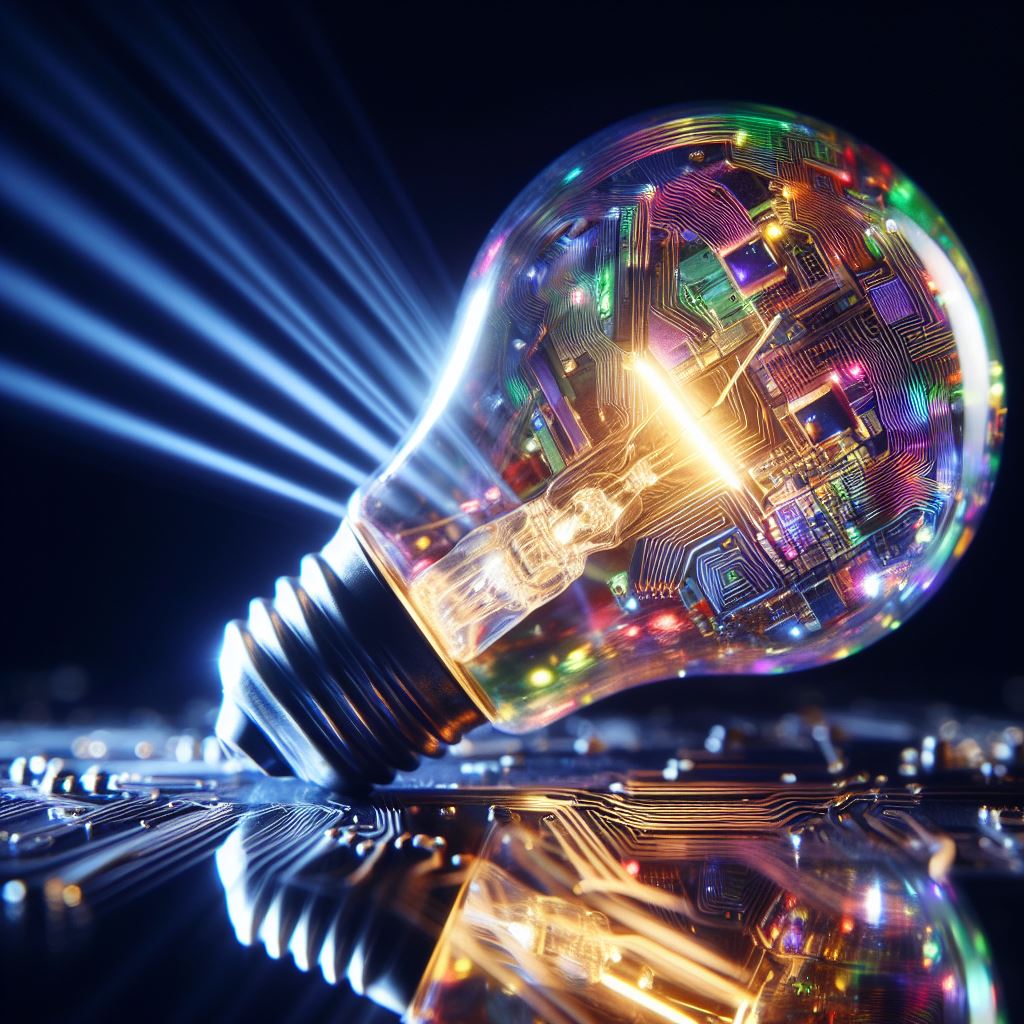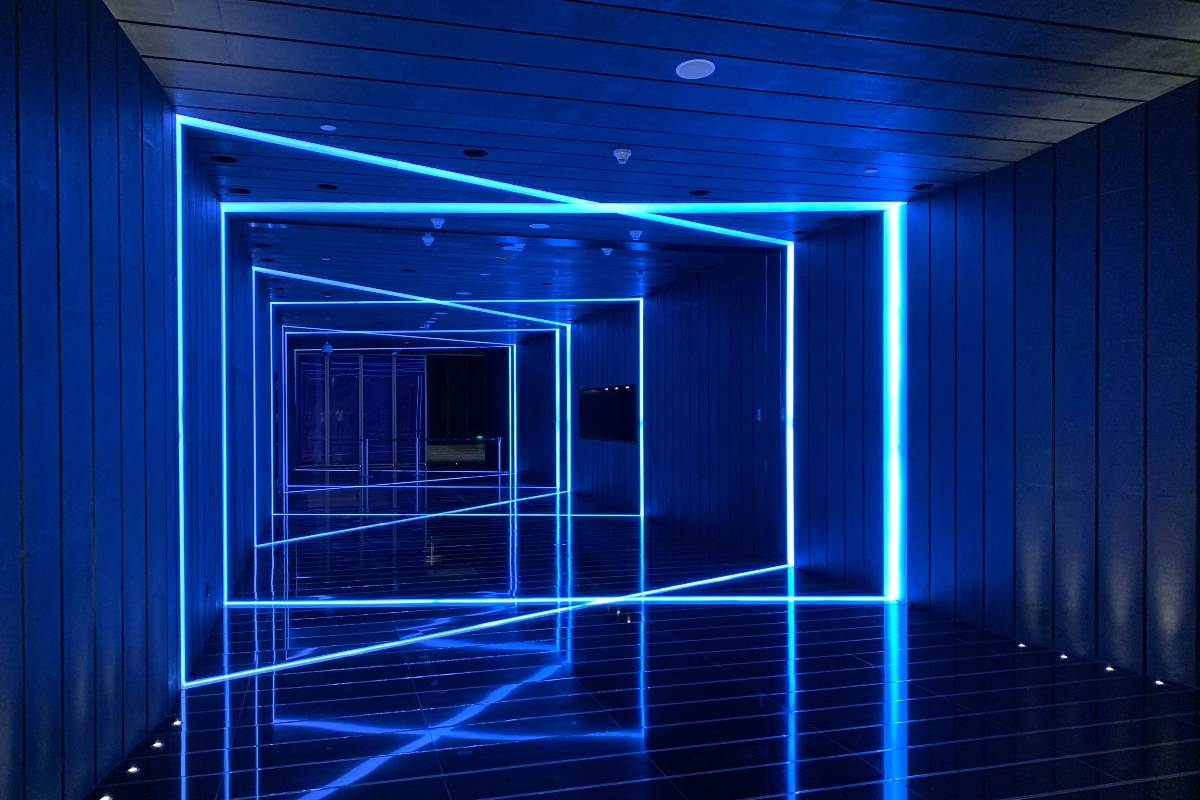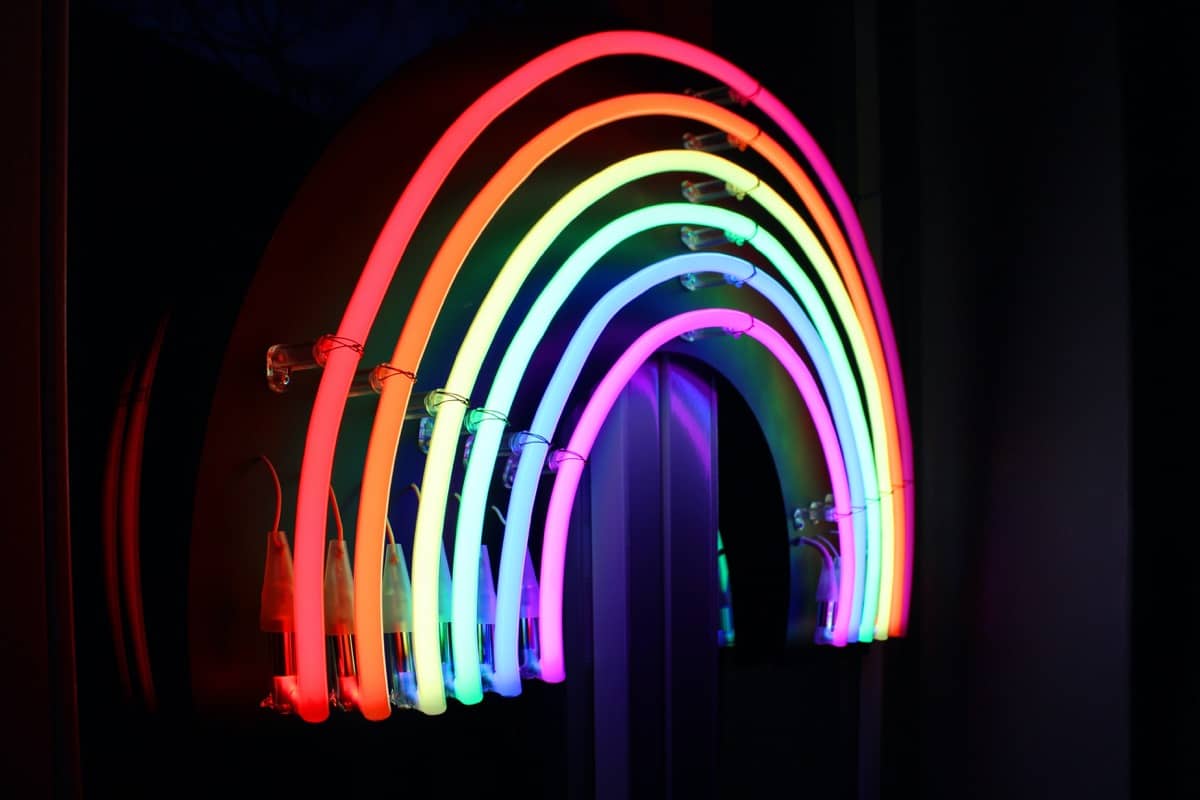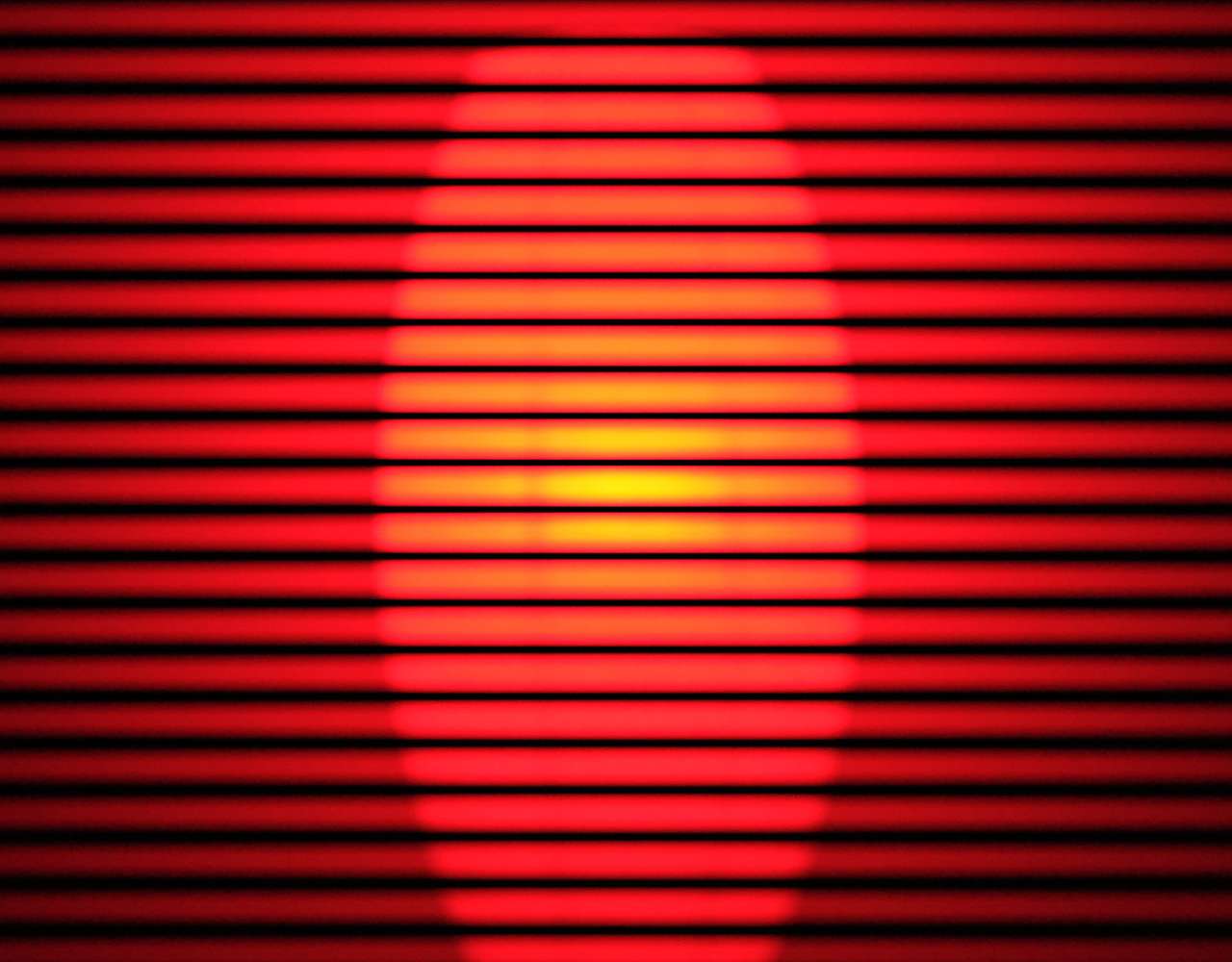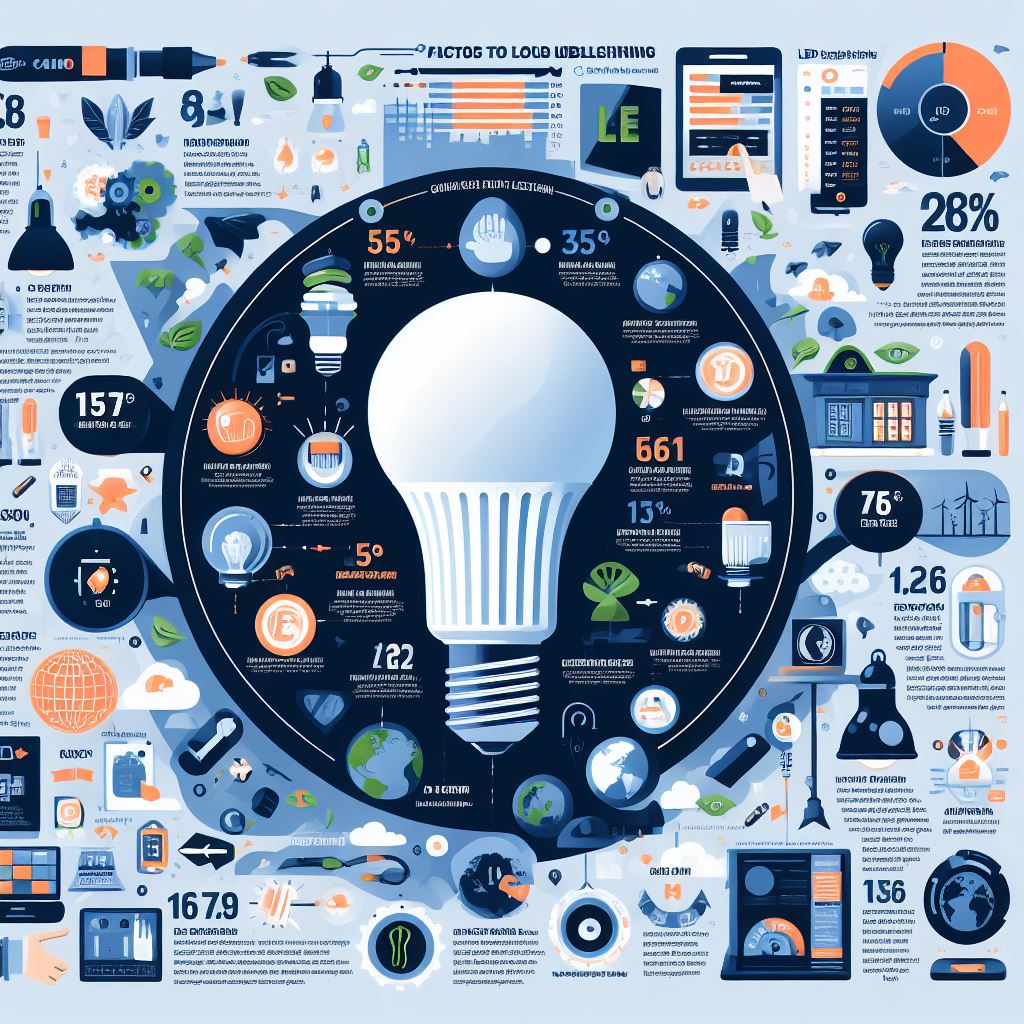LED (light-emitting diode) bulbs have revolutionized the lighting industry, offering energy efficiency, long lifespan, and versatility that traditional incandescent and fluorescent bulbs cannot match.
As a result, LED bulbs have become increasingly popular in homes, businesses, and cities worldwide.
Let’s delve into the statistics that underscore the remarkable impact of LED bulbs.
Energy Efficiency: A Tale of Numbers
One of the most compelling advantages of LED bulbs is their exceptional energy efficiency.
Compared to incandescent bulbs, LEDs consume up to 80% less energy.
This translates to significant savings on electricity bills and a substantial reduction in greenhouse gas emissions.
Lifespan: A Lasting Luminary
LED bulbs also boast an impressive lifespan, typically lasting up to 50,000 hours or more.
This longevity contrasts sharply with the mere 1,000 hours of incandescent bulbs and the 3,000-10,000 hours of fluorescent bulbs.
The extended lifespan of LED bulbs not only reduces the frequency of bulb replacements but also minimizes environmental impact by reducing the disposal of spent bulbs.
Market Growth: An Illuminating Trajectory
The global LED lighting market has witnessed remarkable growth in recent years, driven by technological advancements, declining costs, and increasing consumer demand.
According to industry experts, the global LED lighting market is projected to reach $100 billion by 2025.
Adoption Rate: A Lighting Revolution
The adoption of LED bulbs is accelerating worldwide, with LEDs accounting for over 70% of global new lighting installations.
This widespread adoption reflects the growing recognition of LED bulbs’ energy efficiency, longevity, and versatility.
Economic Benefits: Illuminating Opportunities
The widespread adoption of LED bulbs has also generated economic benefits, creating jobs and stimulating growth in the lighting industry.
Additionally, the energy savings associated with LED bulbs have reduced electricity bills, benefiting both consumers and businesses.
Environmental Impact: A Brighter Future
LED bulbs have a positive impact on the environment by reducing greenhouse gas emissions and minimizing the disposal of hazardous materials.
Compared to incandescent bulbs, LED bulbs can reduce greenhouse gas emissions by up to 40%.
Moreover, LED bulbs do not contain mercury, a hazardous substance found in incandescent bulbs.
Statistical Glimpses into the LED Revolution
- LEDs can save up to 80% energy compared to incandescent bulbs.
- LEDs last up to 50,000 hours, compared to 1,000 hours for incandescent bulbs.
- LED bulbs can reduce greenhouse gas emissions by up to 40% compared to incandescent bulbs.
- LEDs are expected to capture over 70% of the global lighting market by 2025.
- LED bulbs have contributed to job creation and economic growth in the lighting industry.
Illuminating a Sustainable Future
LED bulbs have emerged as a transformative lighting technology, offering a combination of energy efficiency, longevity, and versatility that has revolutionized the lighting industry.
Their ability to conserve energy, reduce greenhouse gas emissions, and minimize environmental impact makes them a cornerstone of sustainable lighting solutions.
As LED technology continues to evolve and become even more affordable, it is poised to play an increasingly prominent role in shaping the future of illumination, illuminating the path towards a brighter, more sustainable world.

